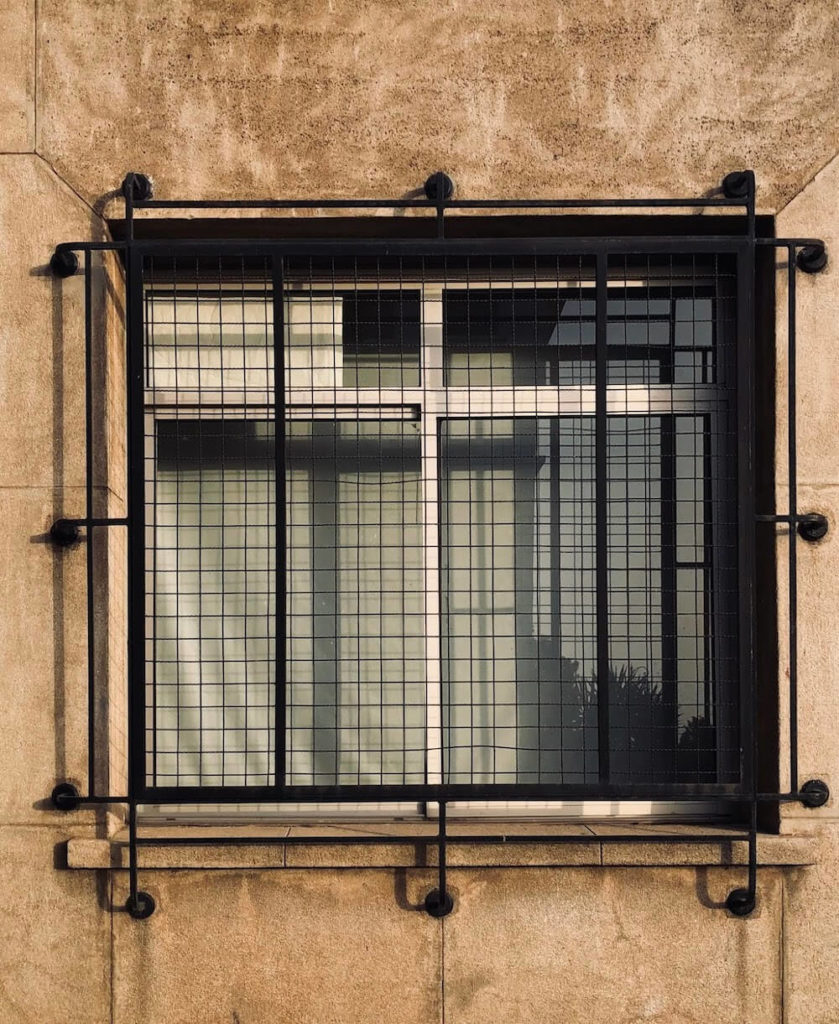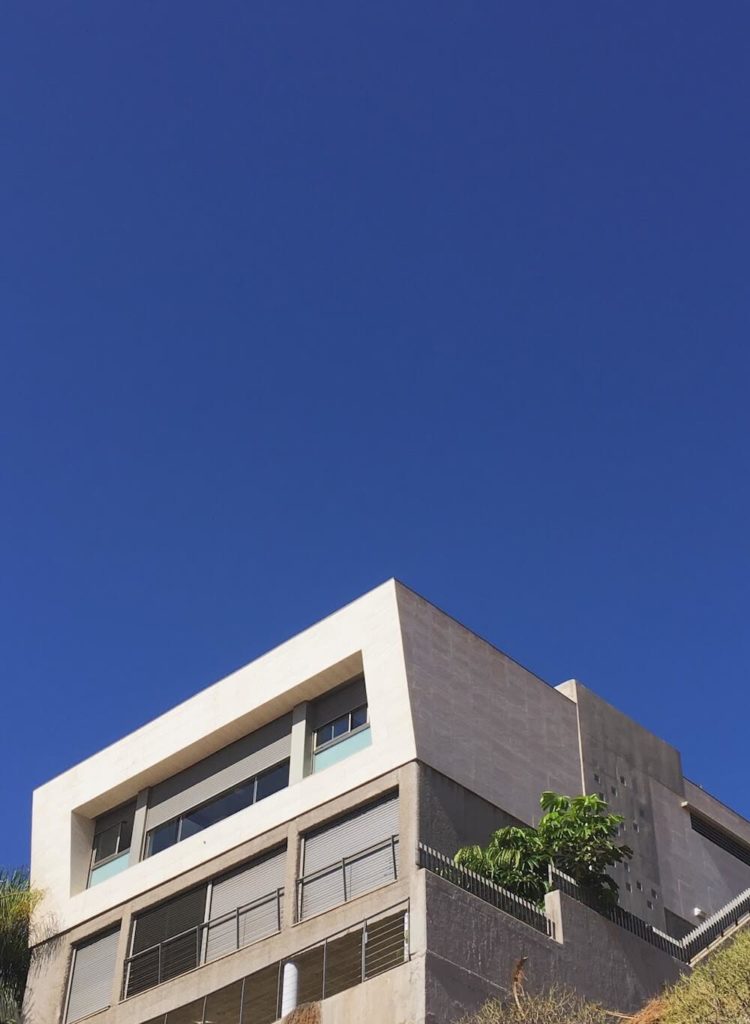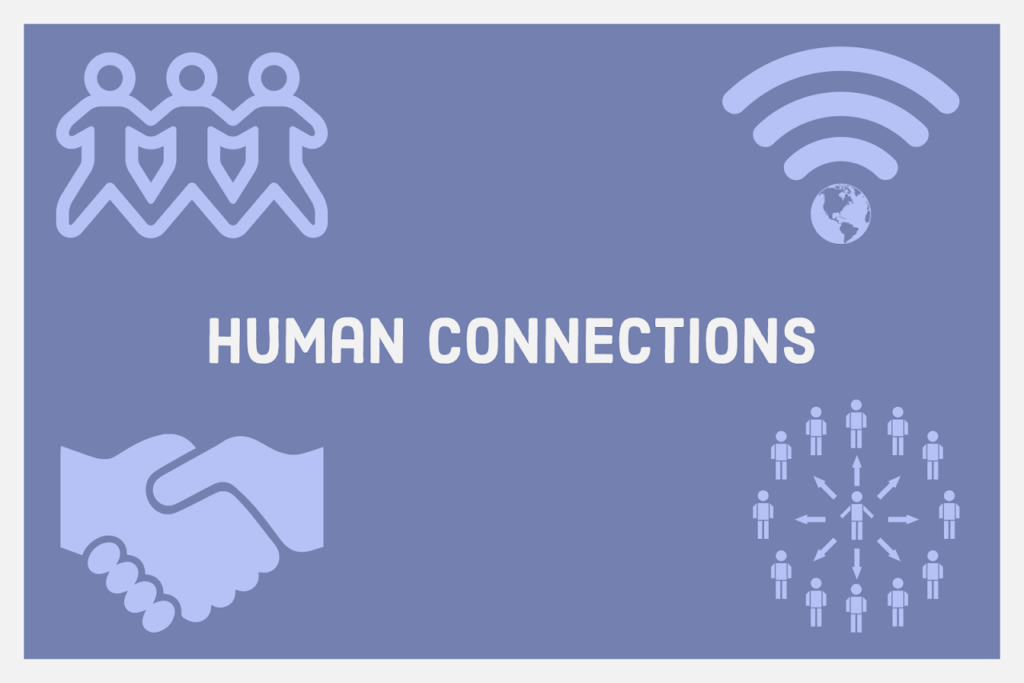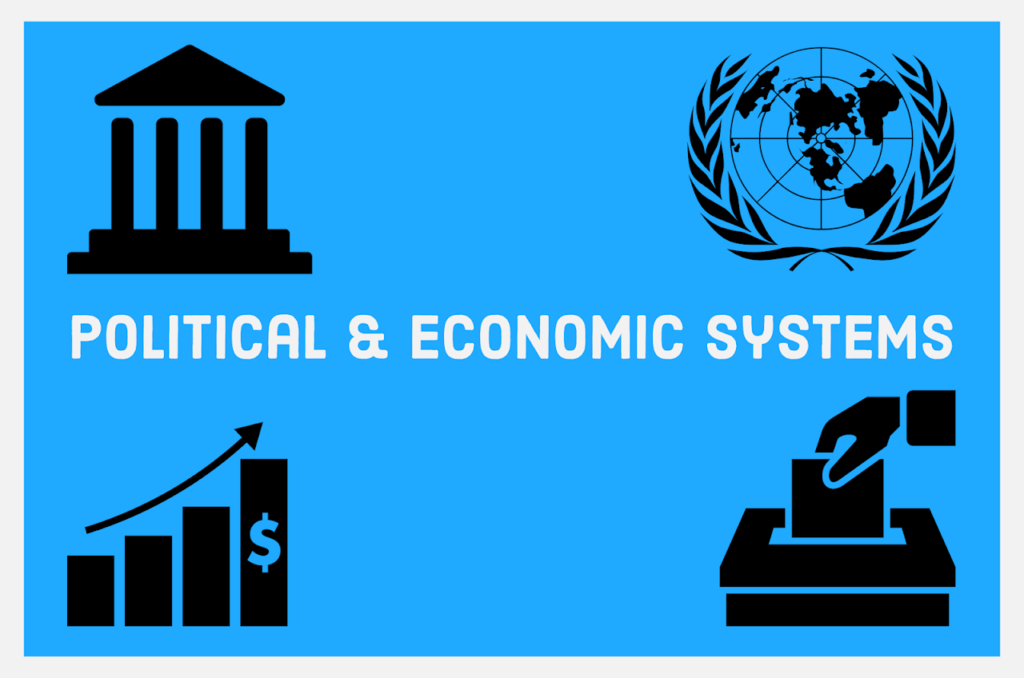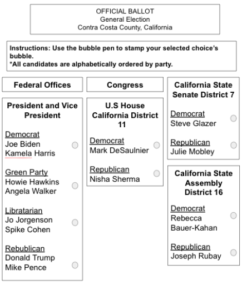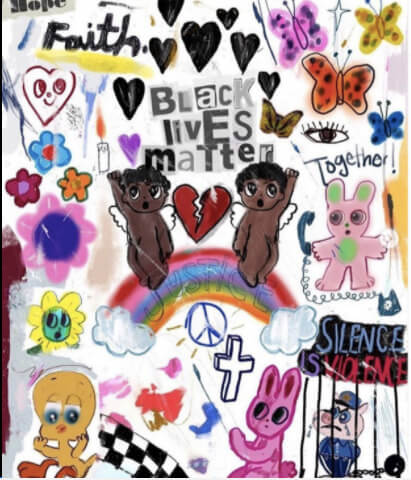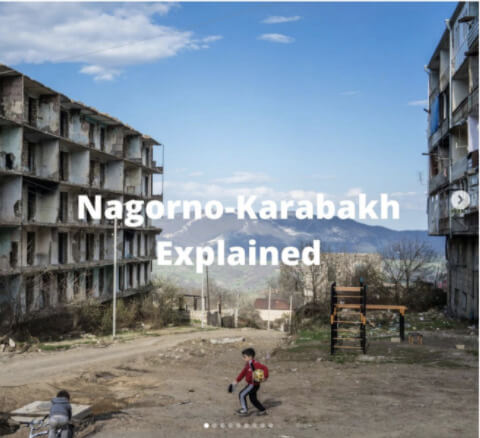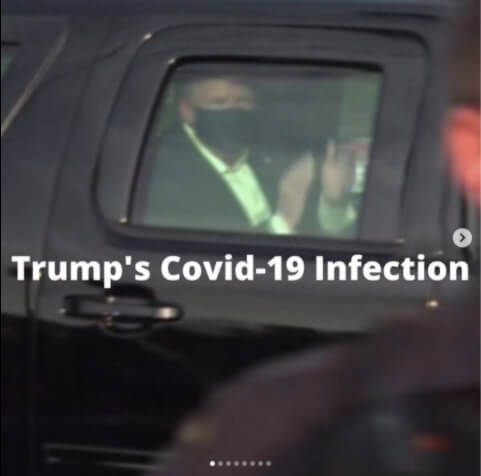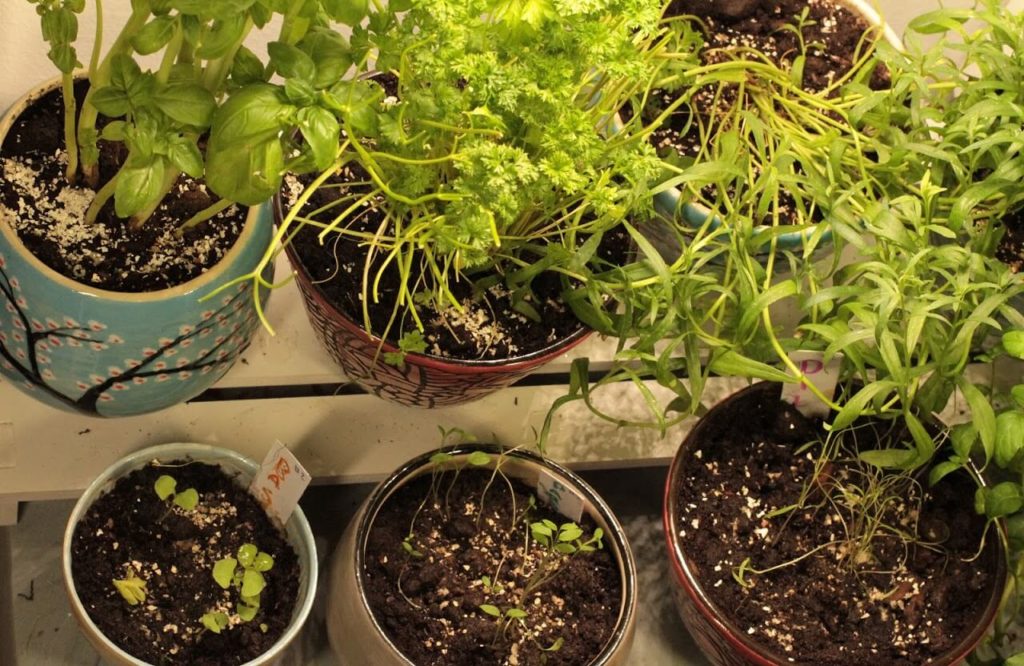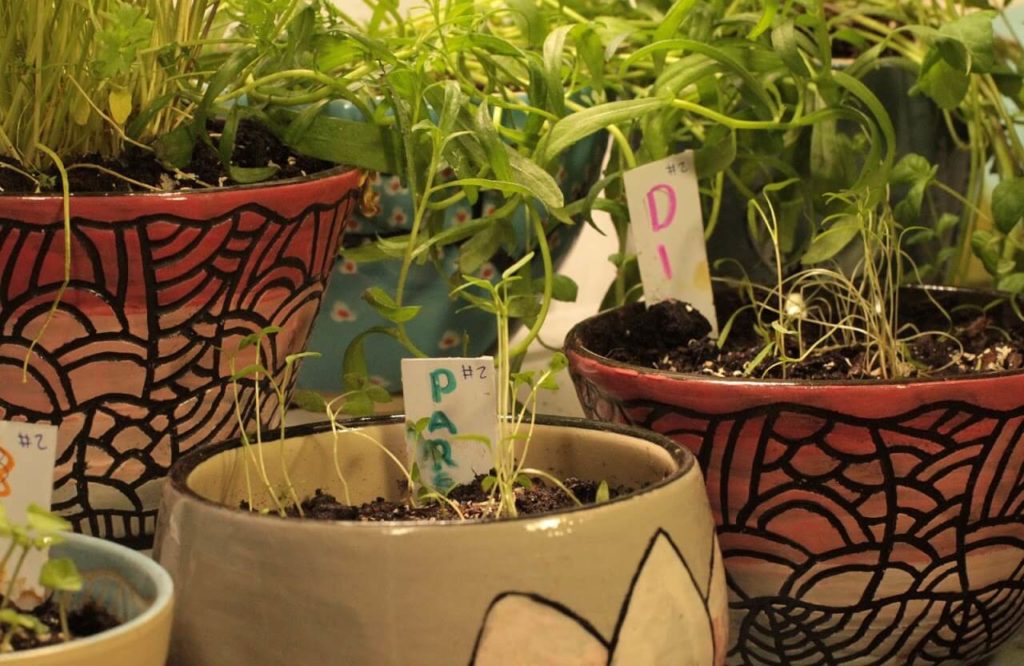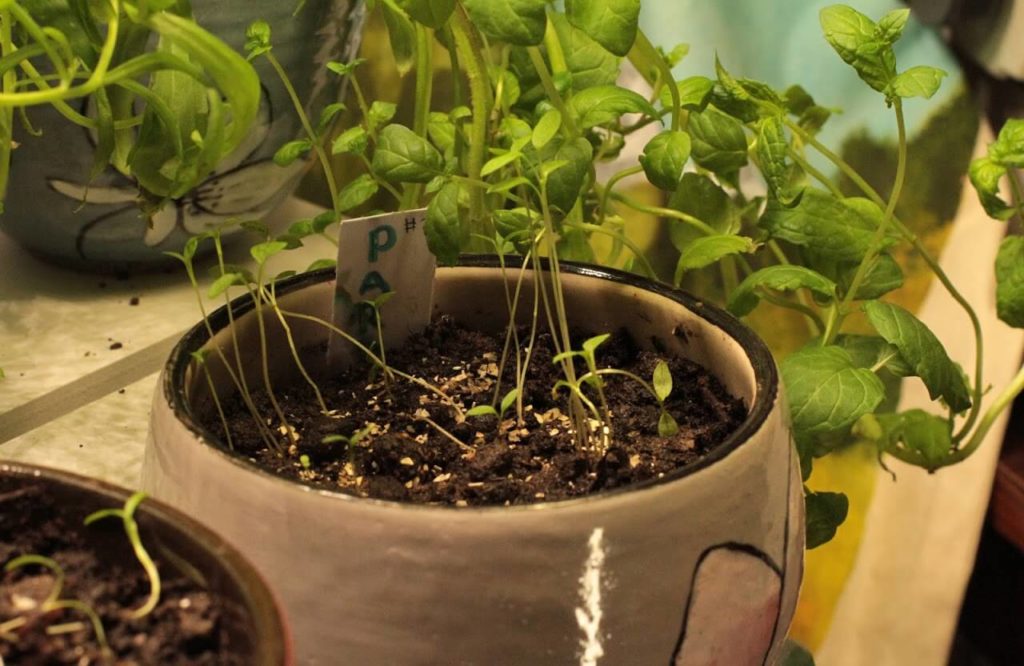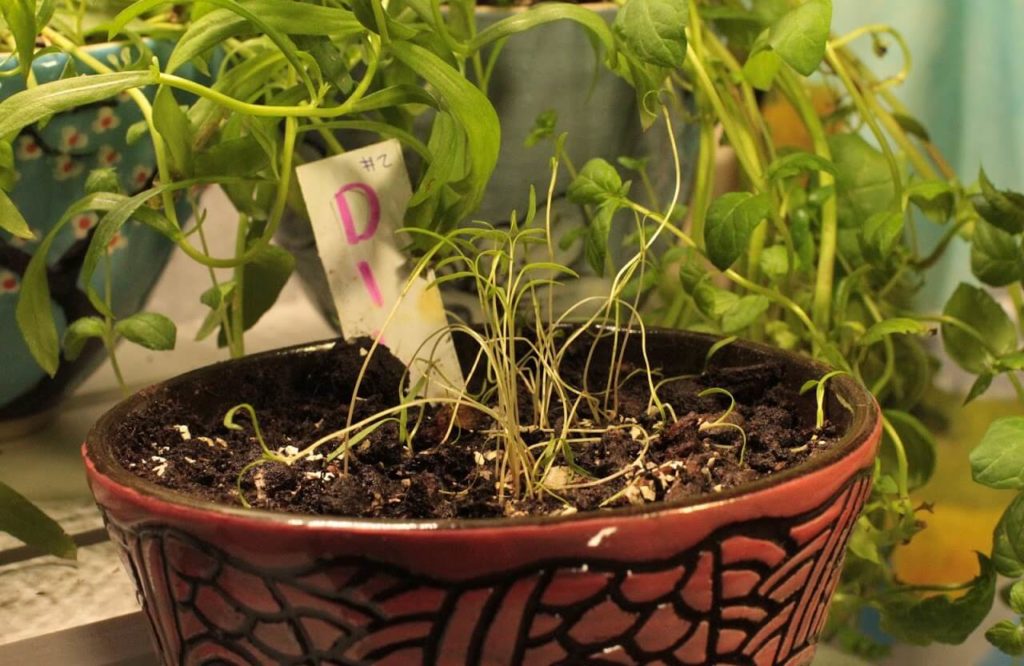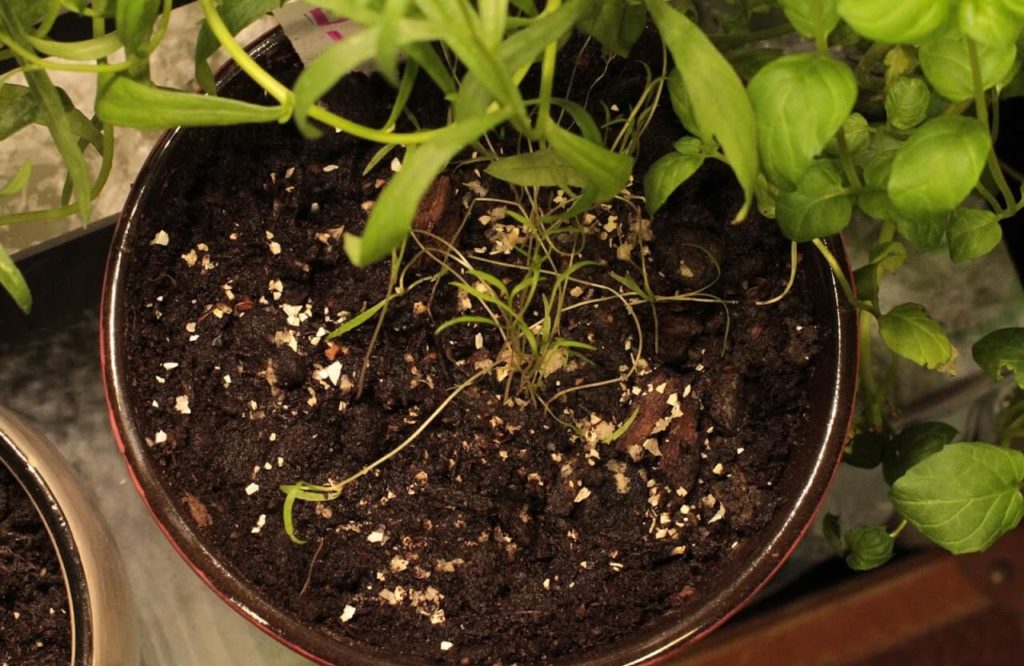1) Hi Nada, can you tell us what you've been up to since graduating from THINK Global School in 2022? Since graduating in 2022, I've been pursuing a passion I found while at TGS, sustainability, and I am currently majoring in engineering in renewable energy systems at Al Akhawayn University, in Ifrane, Morocco. But there is way more than that! I've had a chance also to explore the world of...
Read MoreA new academic year is officially underway at THINK Global School! Although our ability to travel has been limited by COVID-19, our students’ spirits remain high. Through Zoom calls, all school circles, participation in a virtual rite of passage, and involvement in various themed clubs, our new students were welcomed into the TGS community and made to feel at home, regardless of where home may be. Below is a little more info on how these events were put into action.
All-School Circle
The All-School Circle is the one time a week when the TGS community is altogether at once. Due to the pandemic, these meetings were reshaped to fit an online format. At the end of each circle, one volunteer leads a “power clap” by counting down from three in their native language.
Rite of Passage
Rite of Passage is our annual event to integrate new students into the TGS community. This year that week took on a whole different meaning and required staff and the ROP mentors to get creative. Nevertheless, they were able to come up with some great online activities to welcome our new students and build the TGS community.
One of these activities was “TGS Got Talent,” where students were able to show off some of their unique talents and hobbies.
In other activities, students found ways to help each other out, despite the distance between them. Even asking for a pencil was no problem!
Marshmallow Challenge
This popular engineering design challenge has been attempted by kids and adults alike across the world. We encouraged students to work together with friends and family to complete the “Marshmallow Challenge.” Here are some of the highlights.
Module Reveal Jeopardy
Keeping with tradition, where educators find a funny way to introduce the next term’s modules, we decided to play a game of Zoom Jeopardy.
CM1 Clubs This Term
Sustainability Squad
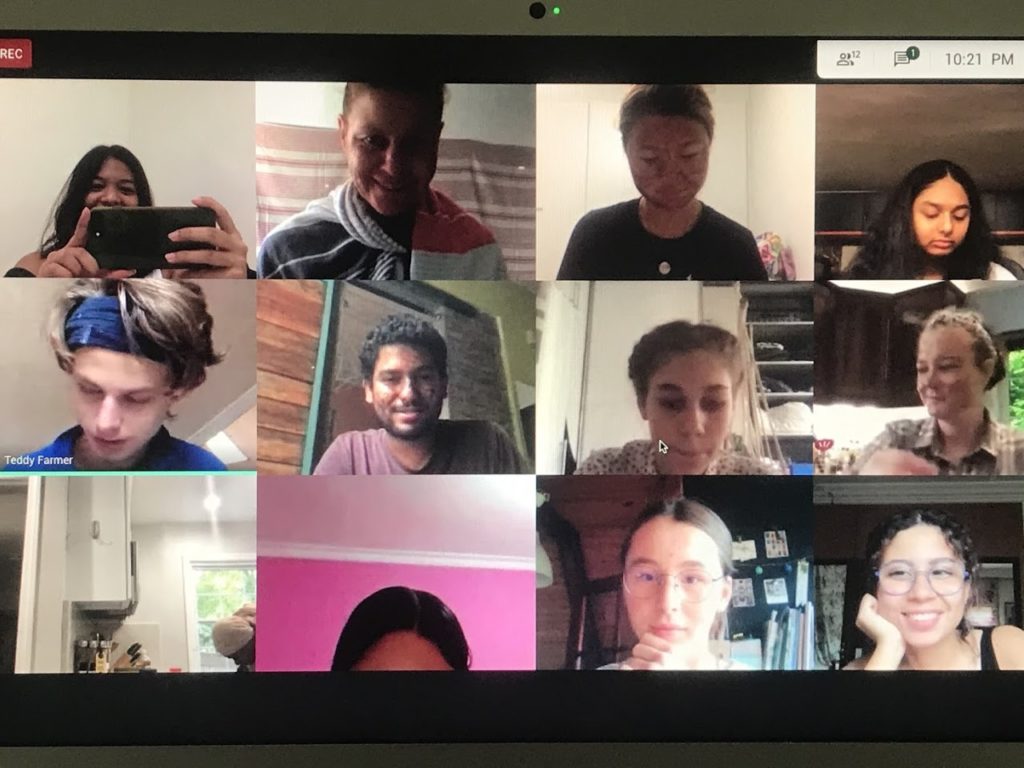
With the addition of our new TGS core value, Pixki, several students decided to create the Sustainability Squad. This term, they held five workshops covering everything from how to make deodorant at home to make more sustainable food choices.
Anti-Racist Club
Because we have such a globally diverse community, some of our students decided to form a group to have challenging conversations about race and anti-racist practices. This term, both staff and students participated in our weekly readings and discussions to help the group move towards a better understanding of race, racism, and what we as a community can do about it.
Photography Club
Despite being apart, students with an interest in photography learned about photography basics and participated in weekly challenges to apply their knowledge. Participants learned about exposure, composition, and lighting, and have lots of pictures to share.
Spanish Tea Club
As one-third of CM1 students are learning Spanish this year, and we have a few Spanish-speaking students & staff members, an idea was born to create the Spanish Tea Club. The club held 2x meetings every week, discussing various topics to practice their speaking skills and learn new vocabulary.
Academics
Term One introduced our new students to the Changemaker Curriculum and its focus on authentic project-based learning experiences. For many of them, it was the first time they had taken the approach of leading their own learning, rather than simply being lectured by a teacher.
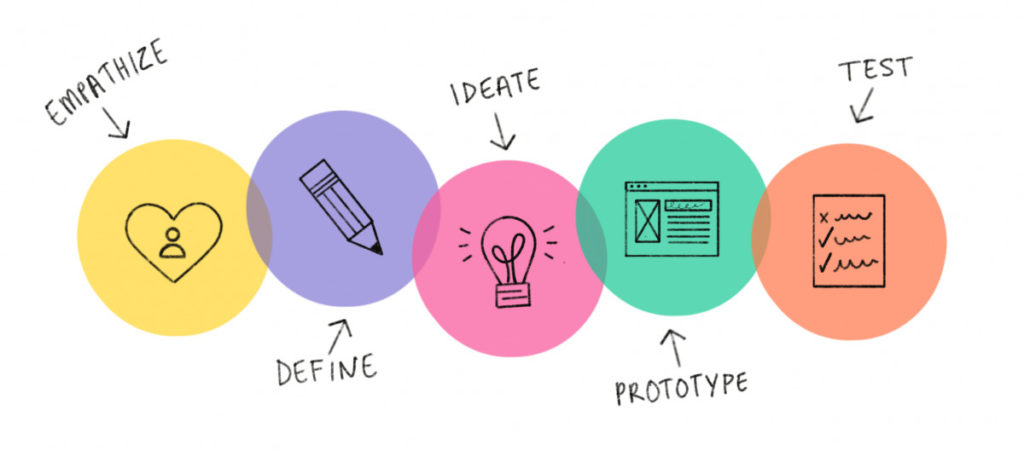
Image Credit: Community Development and Health Network
For their first project, CM1 students were asked to think big and act small by engaging in a module centered around the concept of design thinking. In a nutshell, design thinking revolves around developing an understanding of the people for whom products are being created for. Design thinking has a host of real-world applications and stresses that if you want to add value to a product, it is essential to understand the needs of those for whom the product is being developed.
Students worked in teams to build a product that incorporates design thinking and our core value of empathy to meet the needs of a community we serve. All CM1 students were tasked with answering the following driving question: How might we collaboratively implement a design-thinking process to meet the needs of the community we serve?
Each group selected one of the following human needs to be at the core of their project:
* Sustainability
* Human Connection
* Fairness/Justice
* Health/Wellbeing
* Political and Economic Systems.
For the first three weeks of the project, students researched design thinking concepts, including empathic interviewing, ideating, prototyping, and analysis of a target audience. Following the research portion of the project, students worked collaboratively in small groups to apply the full process in a design challenge based on the needs listed above.
Below you can see examples of their finished project work, which we refer to as summative assessments. These and many other projects can be found at projects.thinkglobalschool.org.
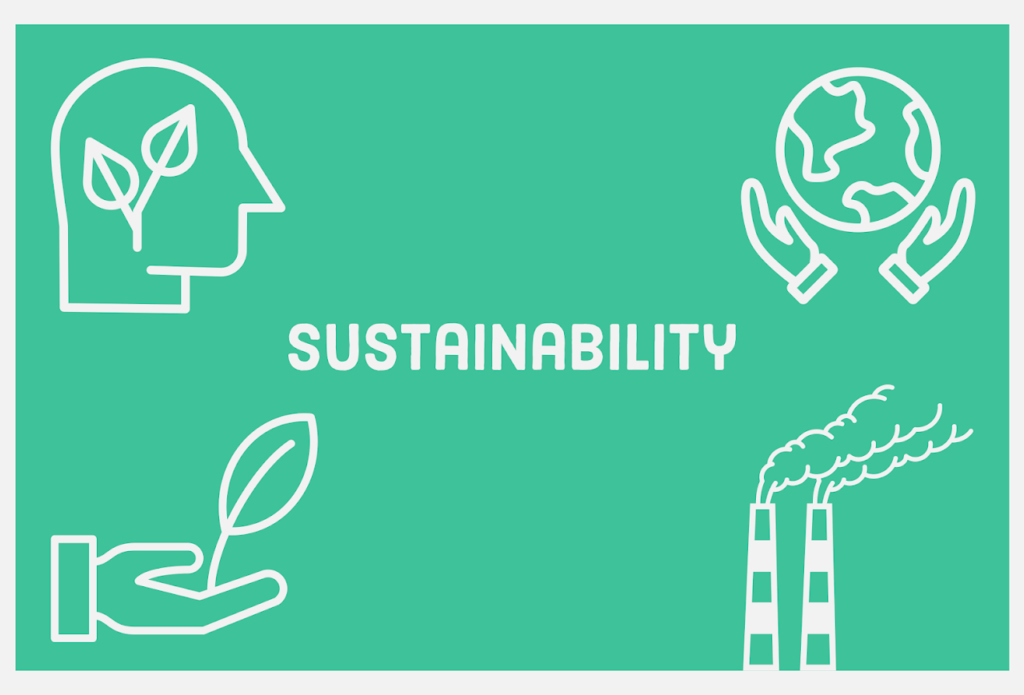
Earth Against Humanity by Gigi E. Mat I. and Zuzanna W.
What were your goals for this module? How did you achieve them?
Our goal was to improve effective communication. We worked as a team, and we upheld our working team agreement, which was to be respectful and honest to all group members.
What did you learn about yourself or about your creative process or about your medium?
We learned the core concepts of the design thinking process and how to apply it to other areas of our lives. We learned efficiency and developed a specialist level of teaming and collaboration 21st-century skills.
Groceria by Effie H., Rachel C., Sarah R., and Teddy F.
Explanation of Summative
Our summative product is the concept design and layout for an app designed to help households cut back on their domestic food waste by providing them with an interface to better manage the contents of their fridge, their dietary needs, and trips to the grocery store. The app would address some of the main reasons for domestic food waste that we identified – overbuying of food in general and poor storage of it in the house (i.e. forgetting about it in the fridge, letting it exceed its expiry date, and having to throw it away, etc).
What were your goals for this module? How did you achieve them?
Our primary goal as a team was to learn how to collaborate effectively online, especially when deprived of the intimacy and information exchange of real human contact. Our meetings were casual yet productive. We made the most of our situation by calling each other frequently in between to compensate for the lost opportunities we would have had if we were physically together. Another of our goals was to learn how to conduct interviews with users properly – we achieved this first by researching the nuances of good and bad interviews and then interviewing members of our families, the TGS community, etc.
What did you learn about yourself or about your creative process or about your medium?
A large part of our creative process had to do with accommodating various people in our team. This meant scheduling meetings, which included keeping in mind a distance of 7 hours between two of the members’ timezones. In another sense, though, this involved designating roles based on different people’s abilities and expertise, largely to do with technology and software design. Therefore, we learned the importance of using the strengths of the people on our team and assigning them to the areas that they’d be most effective in.
Vibey by Nada A. Kirsten A. and Guillermo M.
What were your goals for this module? How did you achieve them?
For this module, we all had a common goal, create a fun product for young people that will help them connect with themselves, so we produced a notebook with a lot of cool stuff in it.
What did you learn about yourself or about your creative process or about your medium?
I enjoyed researching and designing the driving questions for the journal. It was really insightful for me because I was basing what we had learned from the interviews and shaping it into something our users could interact with. I like that we were able to refine our product based on the feedback we got. At first, I thought that it would be hard to change all our work for the comments, but it turns out that it was beneficial. It made our Vibey journal better.
Squad App for Online School by Yeli K., Nila N., and Malak B.
What were your goals for this module? How did you achieve them?
Our goal for this module was to find a solution to help teens in online school keep in contact with their friends. We wanted our final product to be easily implementable and useable. We achieved our goal by following the steps design process and consulting students in our community.
What did you learn about yourself or about your creative process or about your medium?
As a group, we learned the importance of hybrid brainstorming in collaboration. It allowed us to connect different ideas when problem-solving to create a better overall product.
We made this notion webpage to teach students how to use the app in the TGS community.
Hot Takes by Vansh C. Kiana B. Theo M. and Methini G.
Who was your target audience? Why?
Our target audience was the TGS community. We saw the impact that going online had on the community’s morale. Since there were not as many opportunities to connect with one another, so we decided to create such an opportunity.
What were your goals for this module? How did you achieve them?
We aimed to give an opportunity to the TGS community to connect with each other in a way that is fun and comfortable. We did this by hosting an open-ended discussion about controversial topics.
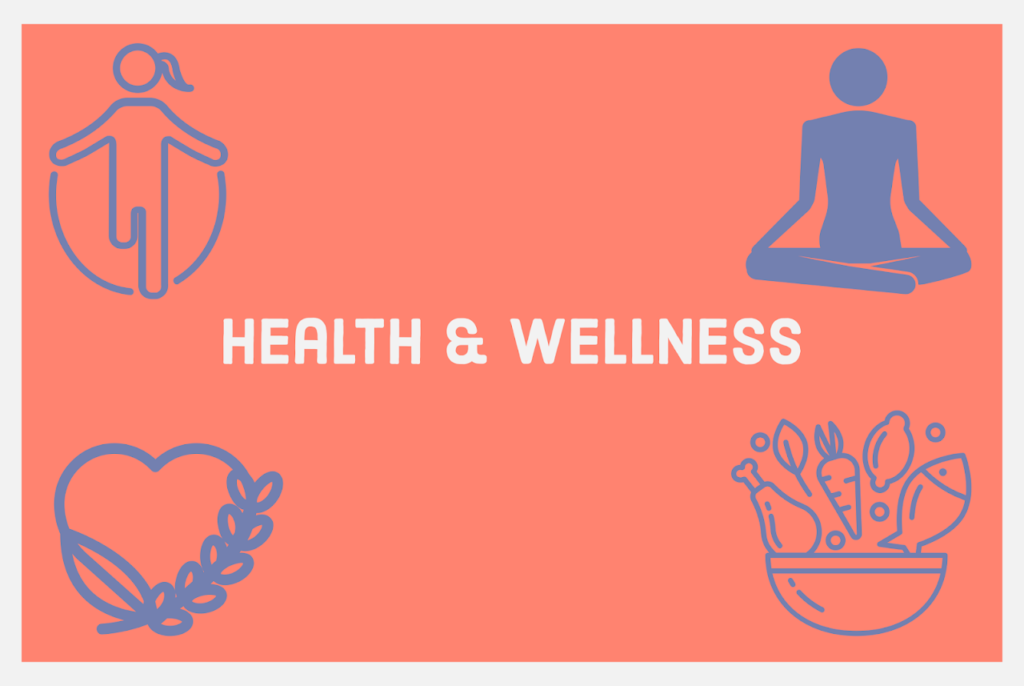
Harkness Campus by Ignacio C. Seckhen C. and Mateo D.
What were your goals for this module? How did you achieve them?
The team’s main goal was to work collaboratively to achieve maximum efficacy and the best results. When we wrote the agreement, we all shared the same ideas of working in a team. We all liked working with people, but we all had concerns because the 3 of us have had somewhat bad experiences with people working on a team. However, the group bonded really well and really quickly, and that gave us a huge advantage because we knew we could trust each other, which led to more effective and fun work sessions. Also, the 3 of us wanted to work in all aspects of the project; we did not want to split roles. That’s why the 3 of us collaborated in all five parts of the design thinking process, and we did not split the work; we worked together.
What did you learn about yourself or about your creative process or about your medium?
The team thought this was a huge learning experience and the 3 of us learned a lot about ourselves and how we collaborate. In addition, we learned a lot about architecture and design, considering our project lied in those fields. We learned that designing plans for a school is challenging, especially when you have to meet certain criteria for the people you are working for. We also learned that we are good collaborators because some team members thought that they were bad at working in teams. We think that the most valuable thing we learned was how to create a professional but at the same time laid back team environment that archives good efficacy. The team dynamic that we created was very effective. We can attribute its success to the agreement that we wrote and the meetings we had before actually starting to work on the project.
What did this project mean to you?
We all felt very excited about working on this project as it was both a cool opportunity to use skills we were interested in and create physical change, as well as being able to work with an organization that one of us knew personally. While the end result of this project may be years down the line, it feels good to create something that may become a reality due to our design.
Asombro: A Jar of Surprise by Asja C. Dia K. and Viktoria L.
What were your goals for this module? How did you achieve them?
Our collective goal was to make a fun product that could potentially boost teenagers’ mental health all around the world aged 13-17. We did it by creating Asombro – a collection of jars filled with surprising prompts suiting every person’s individual interests. Asja created the jars, Dia the website, the Instagram account, and the logo; Viktoria did the prompts.
What did you learn about yourself or about your creative process or about your medium?
We learned how to apply design-thinking into making something into reality and figured in the end that following a structured way of creating a product made the process a lot easier. Our team will definitely apply design-thinking skills to our future projects. We took into account our stakeholder’s needs by conducting over 20 empathy interviews, went through feedback sessions, and got many positive responses regarding the idea.
US Ballot Design
What were your goals for this module? How did you achieve them?
Our main goal for this module was to take the US ballot design issues and come up with a new ballot that the people understand. We went through many interviews with users to meet this goal and detected the existing ballots’ main problems. We found that generally, they were very confusing and out of order. We took the information we learned and implemented it into our design. To make sure that our design hit our goals, we got many rounds of feedback. In the end, the above design proved to be the most self-explanatory and neutral.
Thiink.About.Us by Mmetla M., Mila F., and Theo A.
What were your goals for this module? How did you achieve them?
As a group, our main goal was to develop a summative product that tackled our chosen issue – the lack of youth involvement in politics. We believe that our Instagram page has been effective in doing that, as it’s a medium present in teenagers’ lives, so we can spread politics and share important things with them easier. The other goal was to create a pleasant work environment, with an equilibrated and smart distribution of work. By scheduling weekly meetings and creating a full value agreement at the beginning of the module, we managed to count each other accountable and create a safe work environment in which everyone felt comfortable contributing.
What did you learn about yourself or about your creative process or about your medium?
We learned the design thinking process through our module and later applied it in our summative project. We searched through multiple creative ways to solve our problem but finally agreed on making an Instagram account with the independence of choosing a state of the world to focus on and post about. I learned that I can listen to my teammates and agree collectively on a subject. I have become more open to discussing others’ ideas and have a different mindset when approaching these projects.
Personal Projects
Politics by Theo A.
Driving Question: How might I use photomontage as a tool to foster socio-politic reflection?
What was your initial idea, and what did you want to do/learn with this project?
I like to know what’s happening around the different corners of the world. Thus I read and watch a lot of the news. Then I thought: why don’t I make something out of it? That’s how I started it. It’s an ongoing project, and I’m mostly developing my research and multicultural literacy skills. Also, I have been improving my photoshop skills a lot, but it’s not my main focus.
Did your project development and change from your initial idea, if so how?
Initially, I did not know the topics I would work on; I just figured it out as I researched through newspapers and magazines. I also visited museums and memorials around different European countries, which worked as an inspiration for some of my montages, which will be available next term.
What are your big takeaway lessons from this project?
It’s possible to transform a cabbage into a flower: raw and boring news can become interactive and interesting art pieces.
Creating a Rube Goldberg Machine by Hanna W.
What was your final product?
My final product was a functioning Rube Goldberg Machine. An RGM is a machine that performs a function with many pointless steps to get to it. In my case, my function was to feed my dogs.
What are you passionate about that led you to choose this project?
I chose to do this project because I wanted to learn about basic physics laws and how they relate to everyday actions.
What do you hope people will get from looking at your page?
I hope people will watch my machine’s video and try to think about what physics it took to make it happen.
Did your project development and change from your initial idea, if so, how?
Although I always knew I wanted to make an RBM, the process changed quite a few times. Originally I was going to make it be vertical on a board, but after hours of failed attempts to make anything stick to the board, I decided to make it on a table instead.
What are your big takeaway lessons from this project?
My biggest takeaway from this project is probably patience. It was very frustrating when every time I tried to run it, something different would go wrong. I really had to persevere to complete this project.
Creating My Own Herb Garden by Effie H.
Driving Question: How can I grow my own indoor herb garden in Finland’s dark winter?
What are you passionate about that led you to choosing this project?
Being home so much allowed me to reflect on my personal actions and how I was contributing to the environment. In the past, I wanted to do a gardening project; however, traveling and limited outdoor space prevented that.
What do you hope people will get from looking at your page?
I hope people will be inspired to start their own mini herb gardens and realize that even having limited space won’t prevent you.
Did your project develop and change from your initial idea, if so how?
Upon looking at the different learning targets I could utilize, I adapted my project into a more of a science project where I explored how different soil types would affect growth. In my research, I ended up using two main variables: the soil type and three different herb seeds to achieve the best results.


